Understand, Predict, and Optimize Real-World Designs with Multiphysics Simulation
EnginSoft USA provides an industry-leading portfolio of multiphysics-enabled software to simulate a wide range of models, especially products with moving assemblies. The supported physics includes flexible bodies (linear and nonlinear), meshless fluid dynamics, multibody, thermal, crash and impact. System-level optimization can be easily done using a highly automated process. An integrated scripting environment helps to drastically reduce the time spent creating models and interpreting results. You can add any combination of add-on products from our product suite to give you access to specialized features to suit your particular modeling needs. Our focus on multidisciplinary optimization enables your team to explore real-world physical interactions with our multiphysics solutions and solve real world engineering problems quickly and effectively.
In the past, only one type of physics could be considered at one time and the models were coarse. As computer hardware became faster and the simulation software more capable, more detailed models could be used. However, these details models continued to lack the ability to study the interaction between different types of physics. For this reason, we advocate the use of multi-disciplinary technologies to provide engineers, at every stage of the product cycle, a clear picture of the interactions that define the overall product behavior. No matter how small, each part and process in the chain must be considered when creating robust, accurate, and reliable simulation models.
EnginSoft USA helps companies identify where, when, and how simulation can make a difference to their business. We don’t just select the best available combination of commercial software packages that fit our clients’ specific needs; we add value by showing companies how to use these products to achieve the best possible simulation model. We can offer everything for a complete modeling workflow, from geometry to postprocessing. We have a full portfolio of user-friendly tools that can offer single-physics simulations, as well as fully-coupled multiphysics simulations.
When commercial products are not available, EnginSoft USA’s engineers build custom modules to solve clients’ needs, whether it is a custom data interface, or the automation of tedious model preparation and results processing tasks. Collaboration matters, so ensuring the smooth integration of any custom module into the simulation model leverages the partnerships of EnginSoft USA’s engineering team with various commercial software vendors.
Reducing Fuel Consumption in Aero Engines using a Multi-Physics Approach
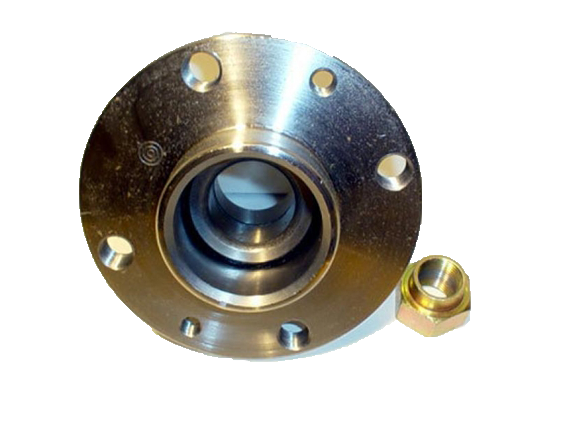
Fig. 1 - A steel wheel hub, similar to the one that was the object of this study
In this study we deal with optimization of a 42CrMo4 steel wheel hub used by FIAT. The study was conducted by EnginSoft on behalf of the Fiat Group Automobiles (FGA). The study aim was to optimize the design and manufacturing process and improve the strength of the hub, reduce defects and save on material and material waste. The initial part of the study rotated around an improved geometry for the part and an optimized forging process. The next part identified how to obtain the best possible mechanical properties for the metal part following heat treatment and machining.
The object of this study was a wheel hub in 42CrMo4 steel from FIAT. FGA provided the geometric CAD models and the rheological characteristics of the 42CrMo4 steel used in production. The study included:
- the computation of extra-metal required, taking into consideration thermal expansion, machining for chip removal and the draft angles, and an estimate of the total metal needed
- the calculation of fillets and undercut
- the flash gap design
- an analysis and selection of the most suitable kinematics, aimed at streamlining the process and minimizing the force and energy used
- the selection of the best lubricant that would extend the life of the molds, resulting in both financial and ecological gains
- an evaluation of the total forging load
- an estimate of the size of the mold needed
- an analysis of friction phenomena
- an analysis of heat transfer during manufacturing
- prediction of the mold temperature
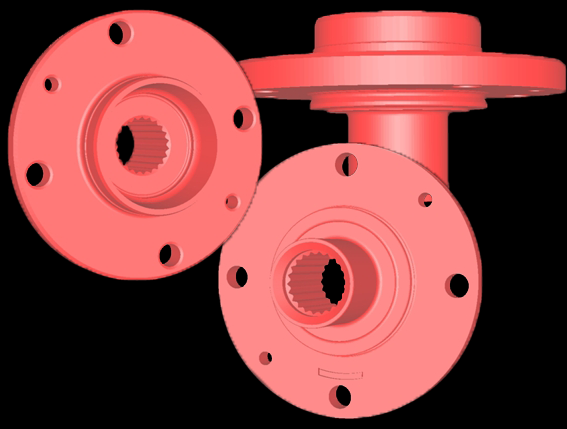
Fig. 2 - The steel wheel hub geometry
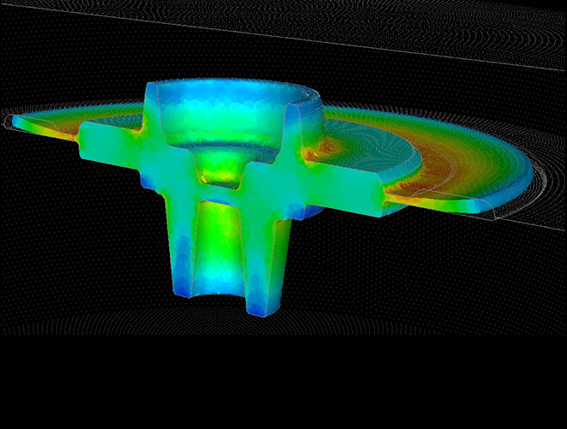
Fig. 4 - Equivalent Strain contours
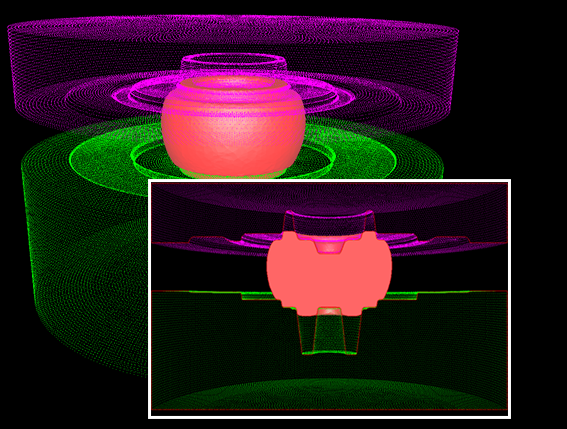
Fig. 3 - Validation of the axysimmetric boundary conditions imposed on the 3D simulation
Conclusions
The implemented numerical multi-physics approach allows to achieve a better understanding of the thermal behavior of the turbine during the entire engine mission early in the design phase.
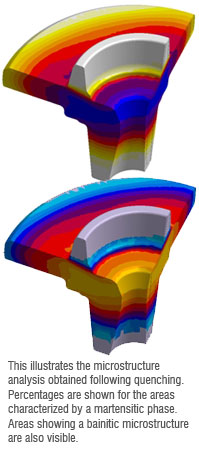
This, in turn, allows to define the optimal geometries, materials and cooling mass flows for active clearance control.
In the final analysis, the implemented multi-physics integrated approach, when used early in the design phase, allows to define the optimal clearances capable to achieve high efficiency and, as a consequence, capable to reduce the fuel consumption and to meet the future emission limits.
Let us help
When it's time to get started, contact us. We can schedule a call with an engineer who has already solved similar problems and begin discussing how we can help you. Just fill out the form below.
